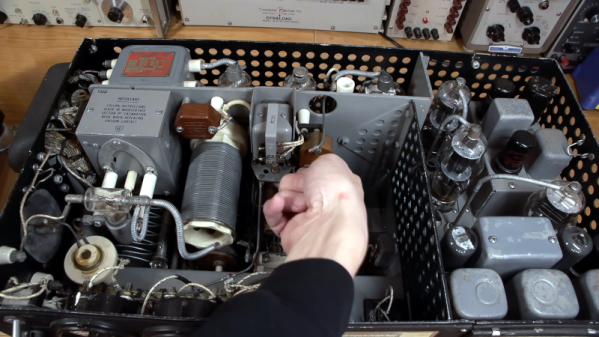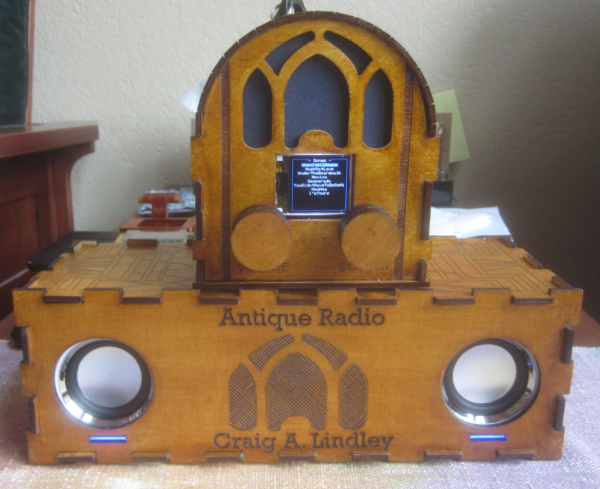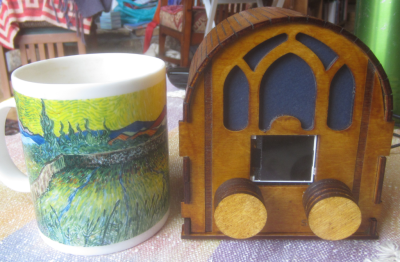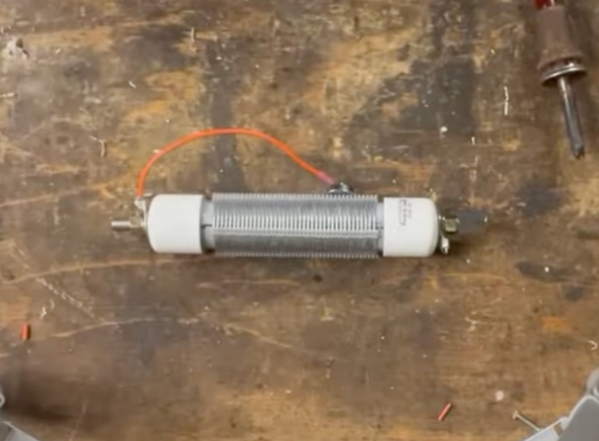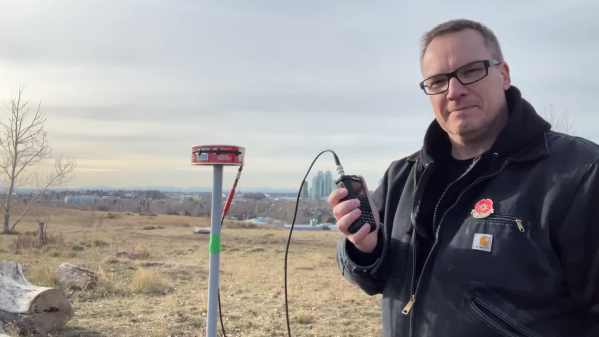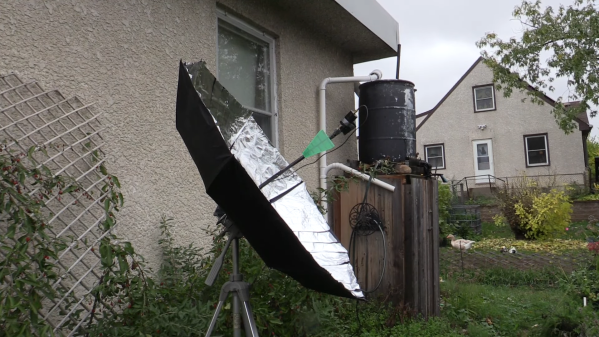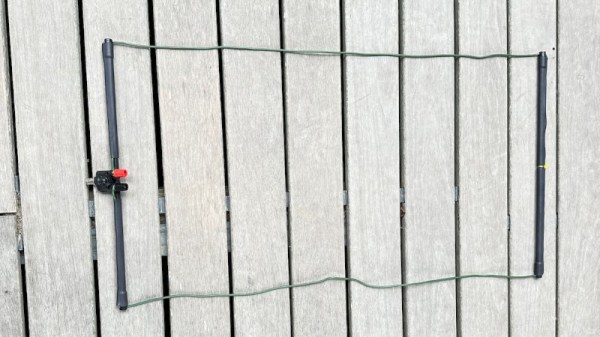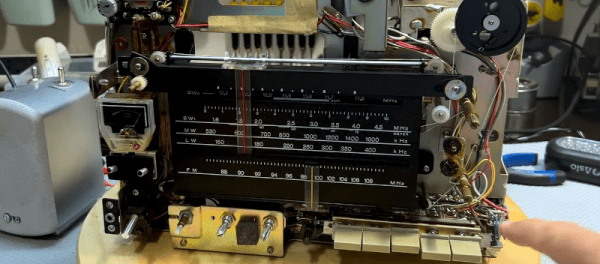[Mr. Carlson] has been restoring vintage military radios, and as part of his quest, he received an ART-13 transmitter. Before he opened the shipping box, he turned on the camera, and we get to watch from the very start in the video below. These transmitters were originally made by Collins for the Navy with an Army Air Corps variant made by Stewart-Warner. Even the Russians made a copy, presumably by studying salvaged units from crashed B-29s.
The transmitter puts out 100 watts at frequencies up to 18.1 MHz. The tubes needed a plate supply, and so, like many radios of the era, this one used a dynamotor. Think of it as a motor running at one voltage and turning a generator that produces a (usually) higher voltage. If you ever used a radio with one, you know you didn’t need an “on the air” sign — the whine of the thing spinning would let everyone know you had the key or microphone button pushed down. It’s an interesting piece of bygone tech that we’ve looked into previously.
The transmitter wasn’t in perfect shape, but we’ve seen worse. When the lid comes off, you can practically smell the old radio odor. There are tubes, coils, and even a vacuum relay, presumably for transmit/receive switching of the antenna. [Carlson] also tears open the dynamotor which is something you don’t see every day.

